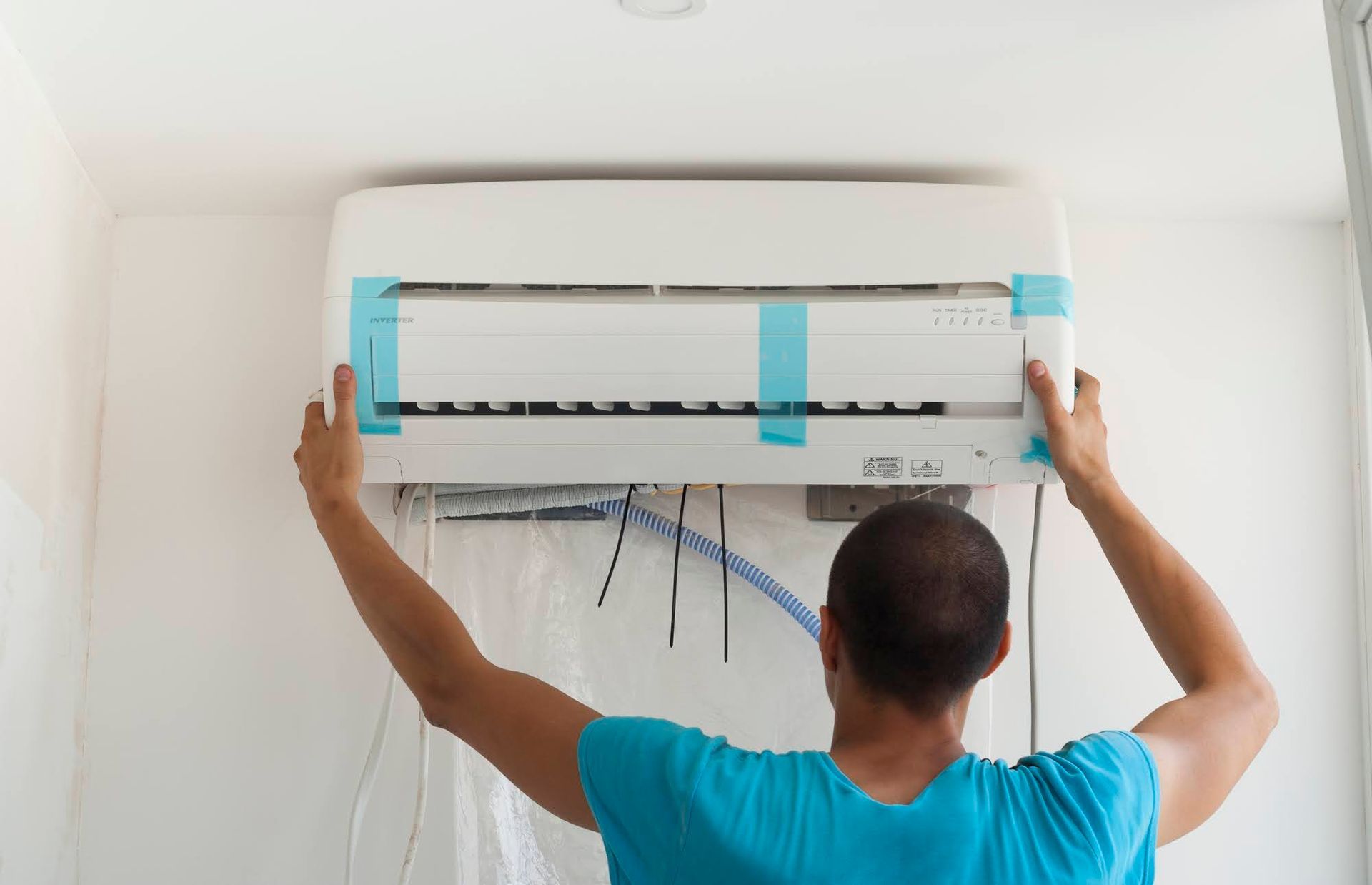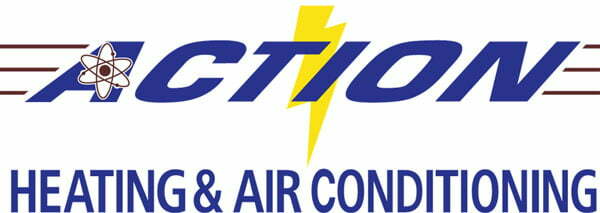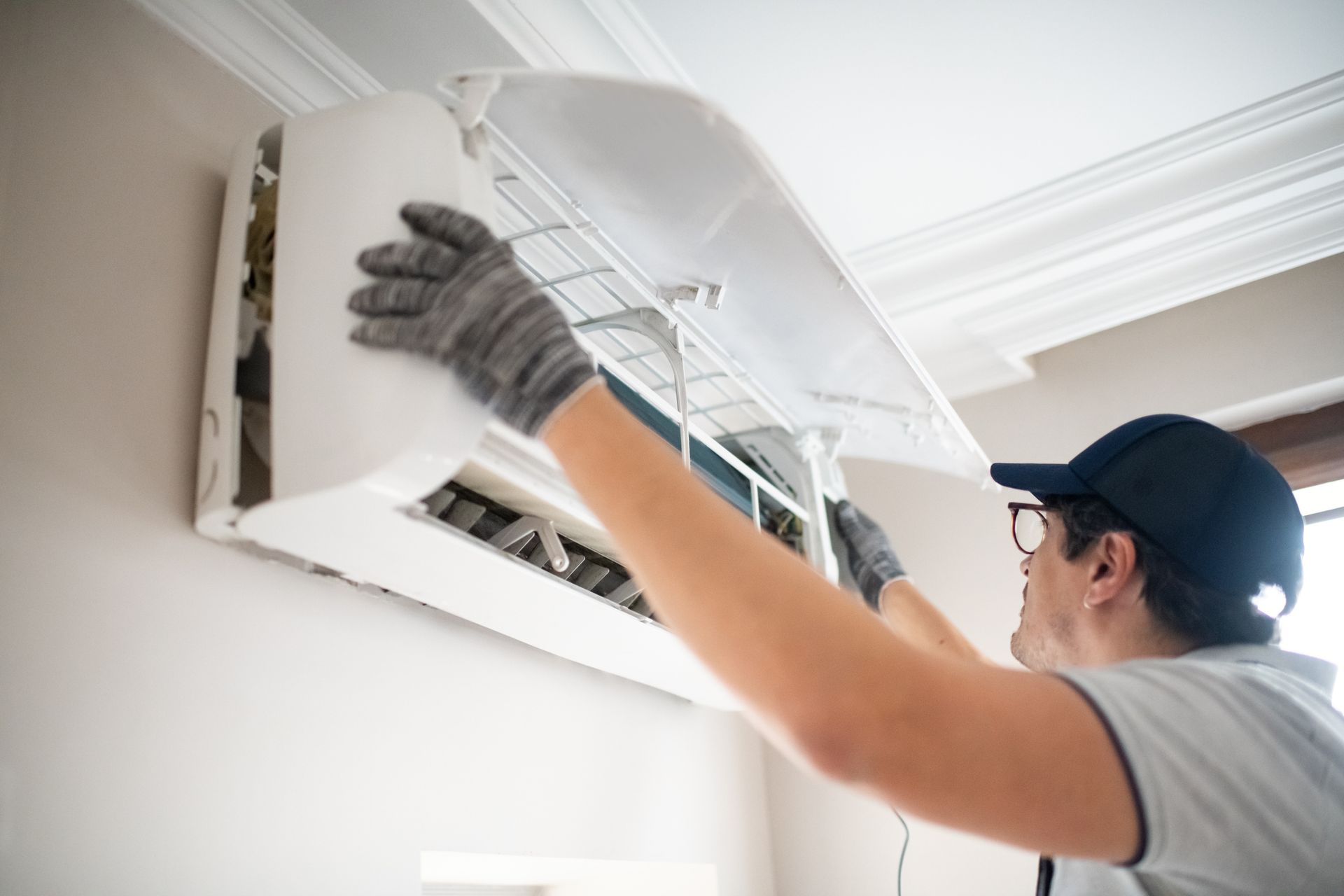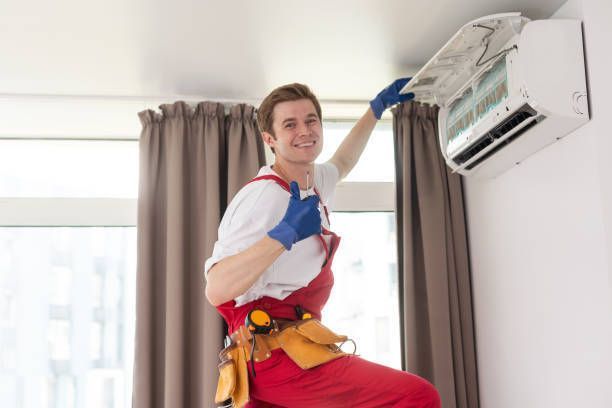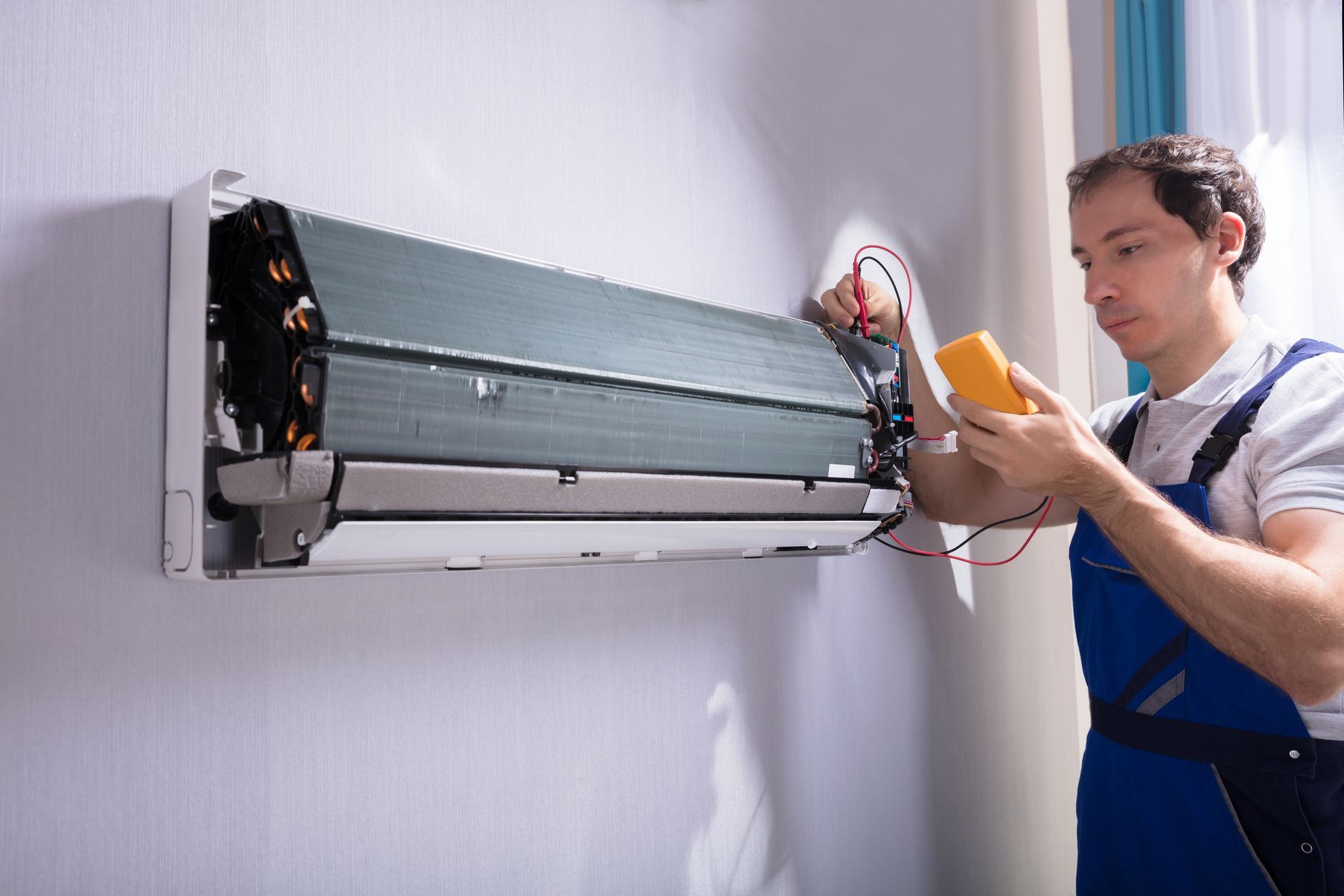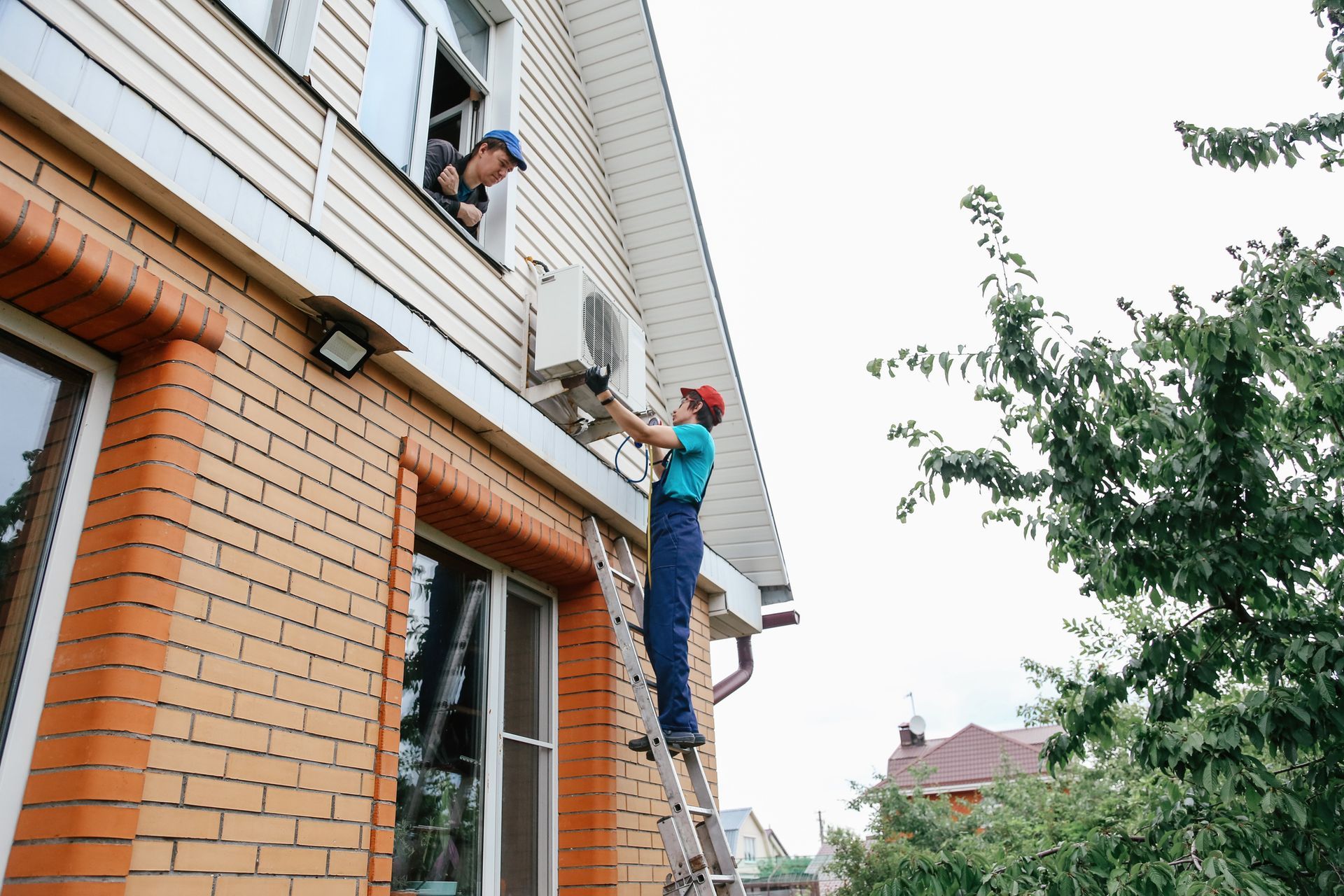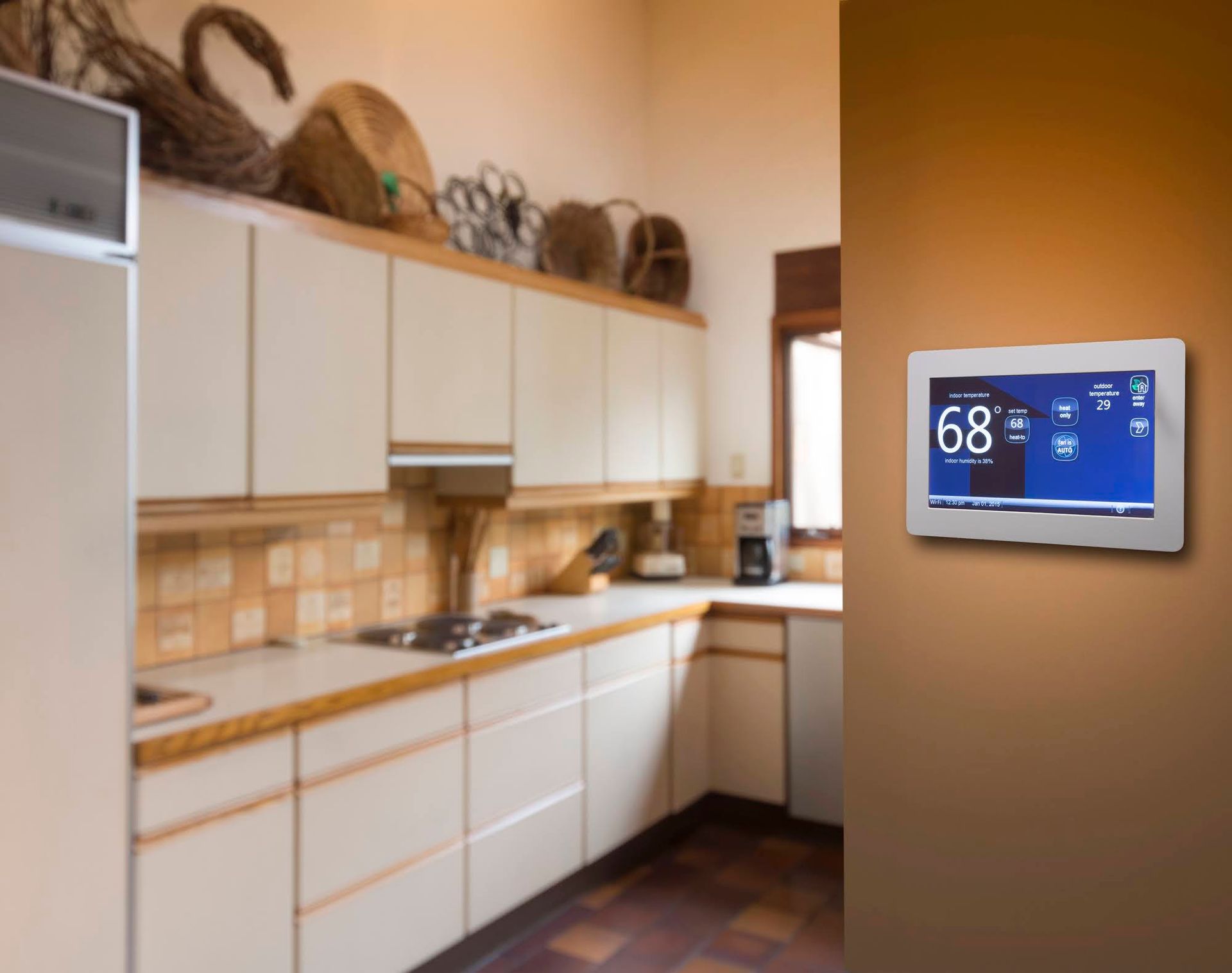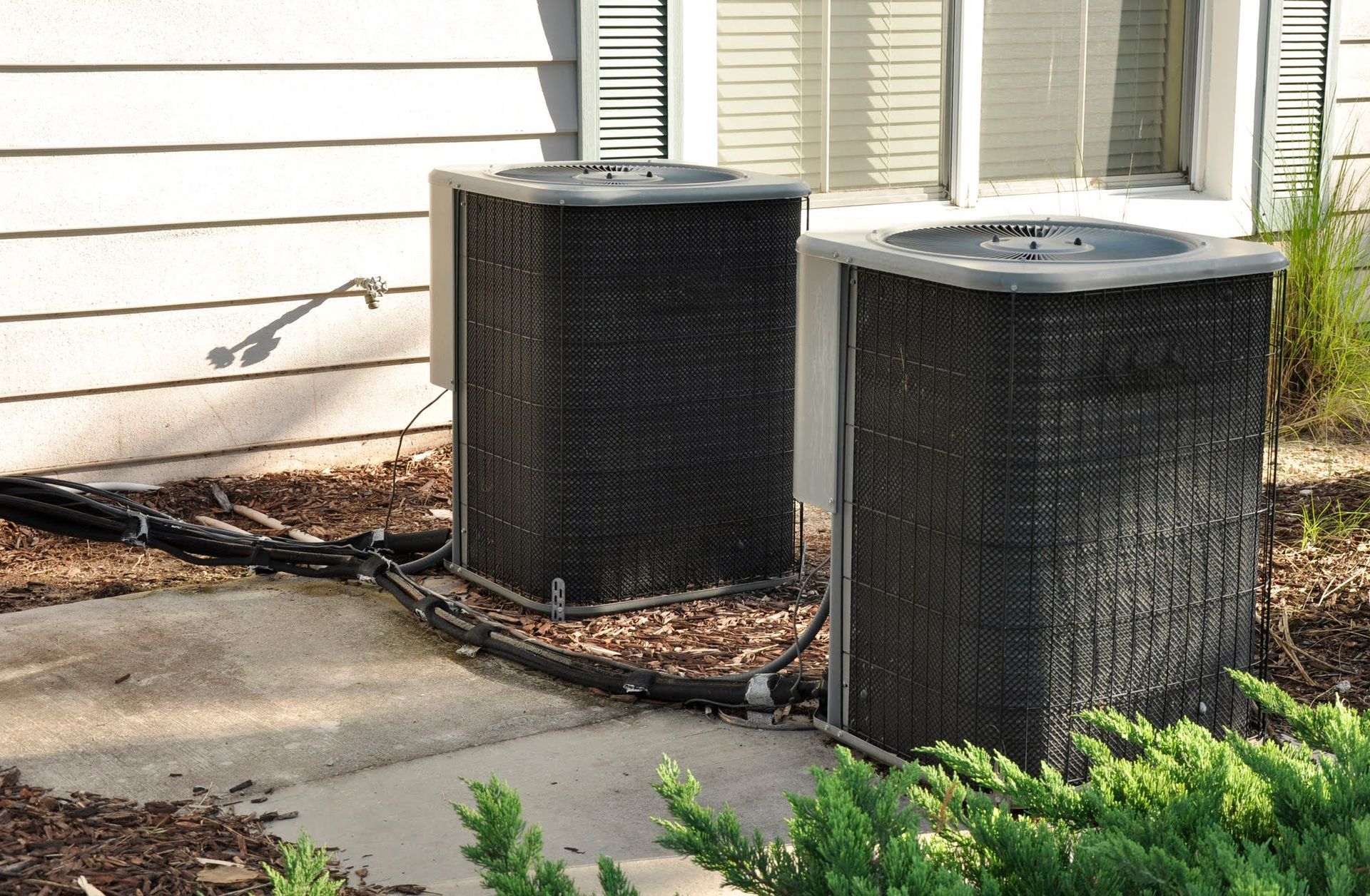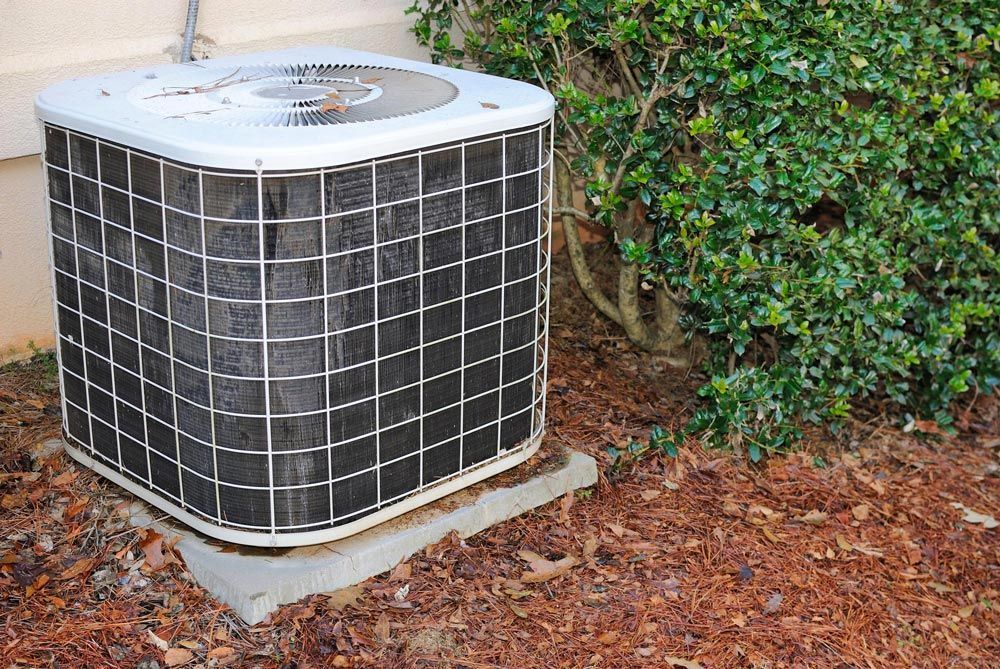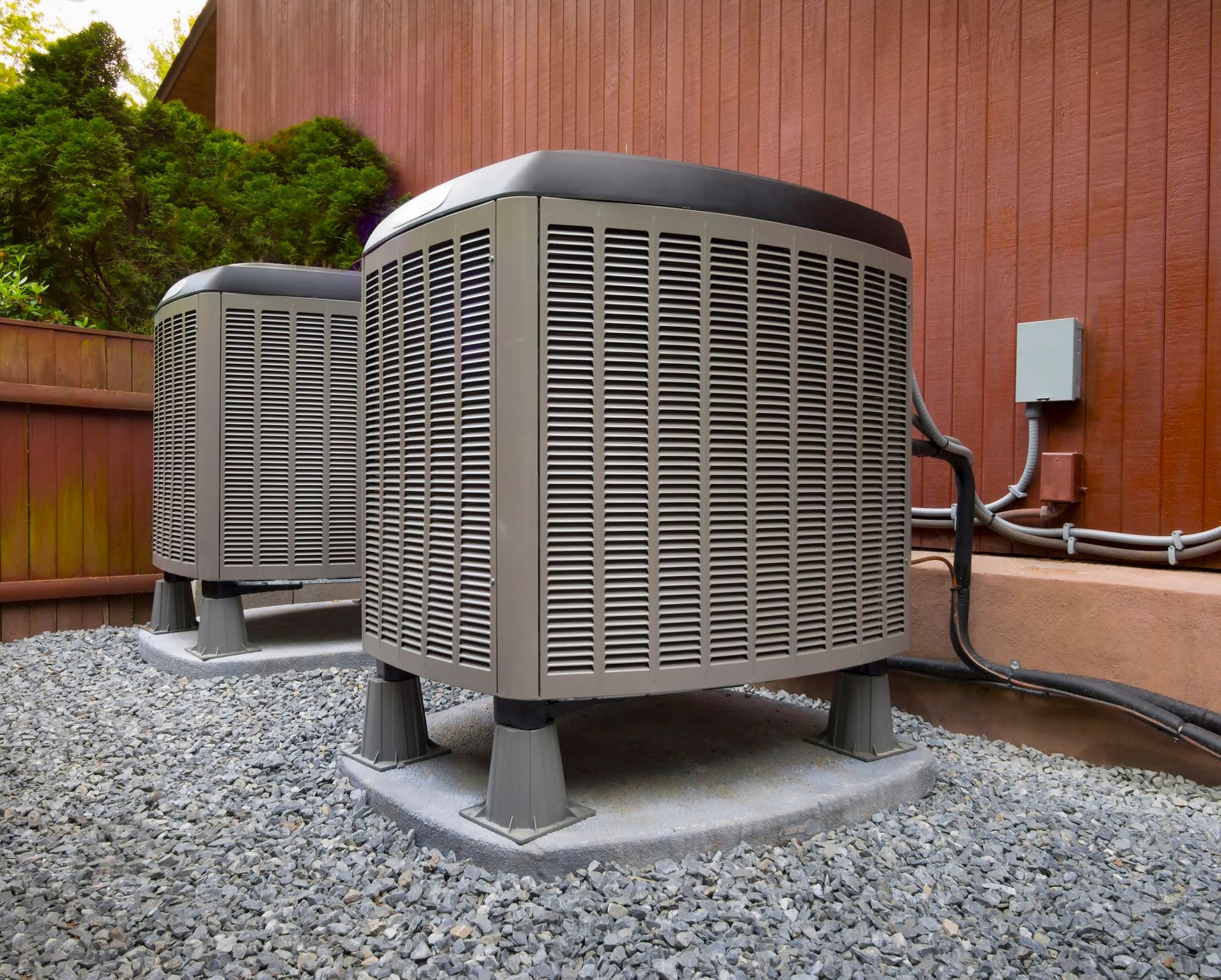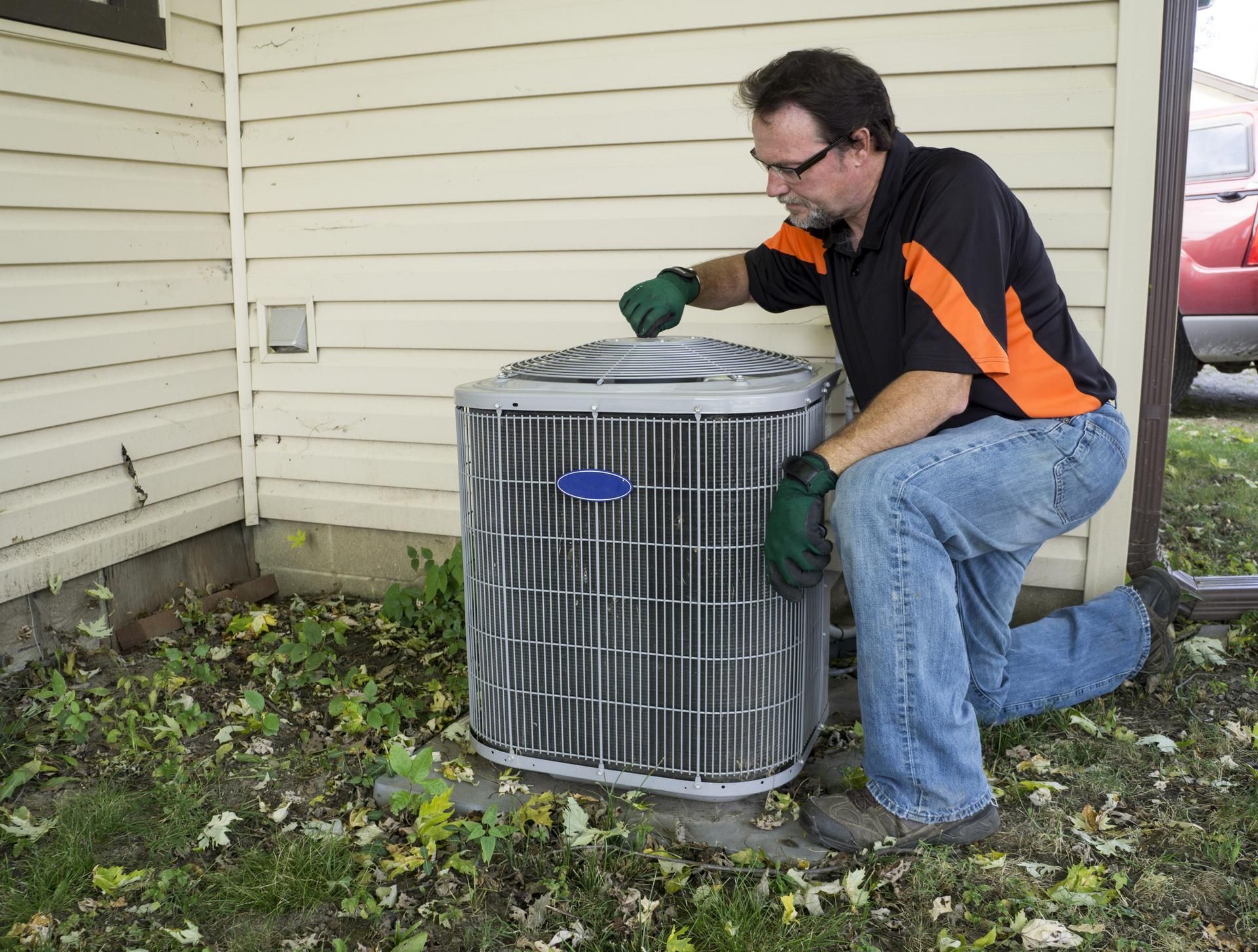4 Signs You Need a New Heat Pump
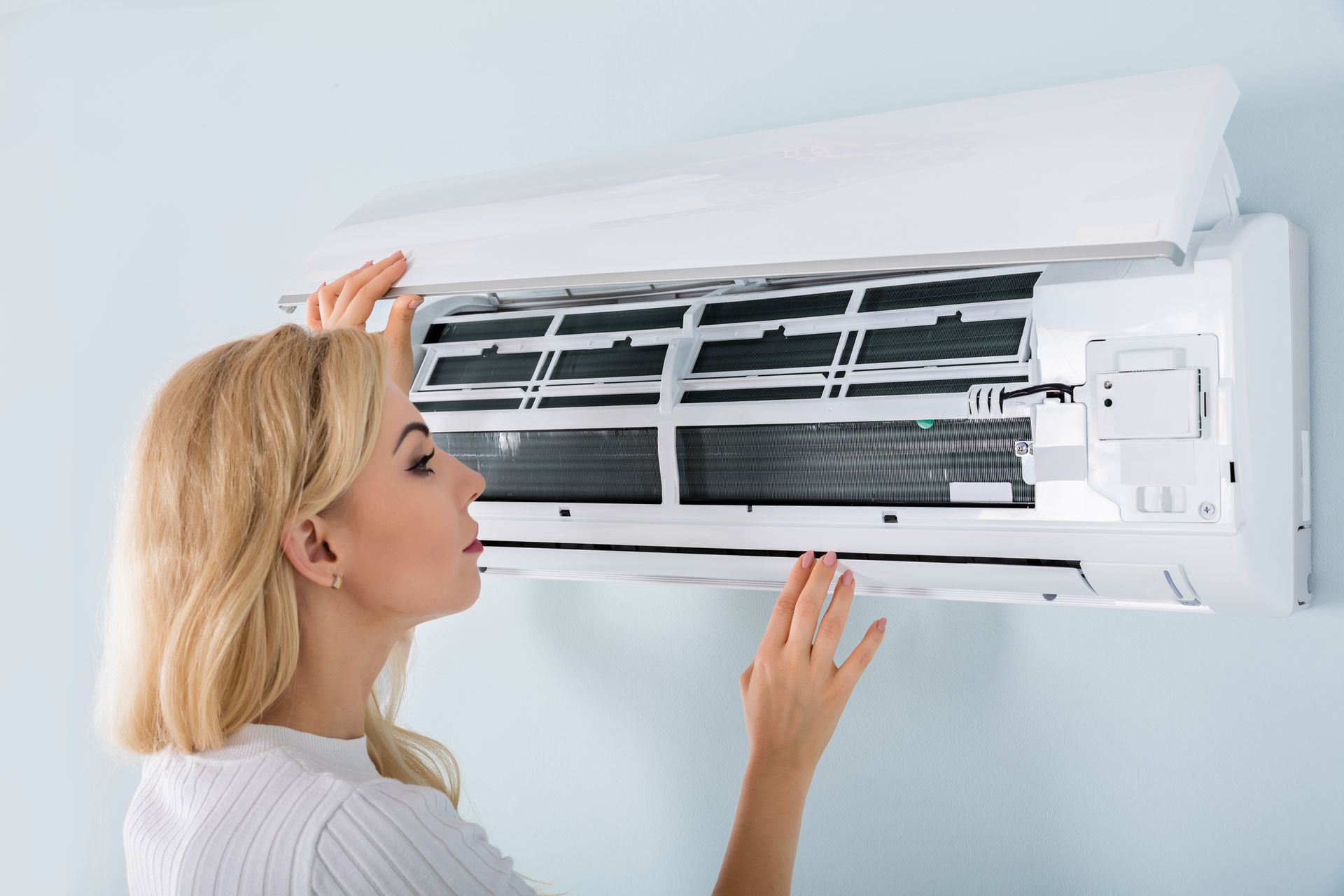
Keeping your home toasty during the colder months and cool during sweltering summer days is essential to comfortable living. One of the key systems enabling this is the heat pump. But like all household appliances, your heat pump won't last forever and may show signs of struggling.
Ignoring these signs may lead to discomfort, high energy bills, and even a complete system breakdown. Here are four definitive signs indicating that you need a new heat pump to ensure you'll never have to shiver or sweat through the transitions of seasons.
1. Unusual and Consistent Noises
Strange and frightening noises your heat pump makes as it ages and wears down are telltale signs of impending system breakdown. Some minor fixes may be able to eliminate these noises, but if they are significant and do not go away, it is probably time to get a new unit.
The main parts in your heat pump will likely fail and require replacement if you hear grinding, grating, buzzing, or screeching sounds. If you disregard these strange sounds coming from your heat pump, it could eventually break down entirely, putting you in the cold when you rely on it most.
2. Inconsistent Heat Generation
Because it becomes more difficult to maintain an even temperature throughout your home when heat generation is inconsistent, it can lead to discomfort for your household. In place of outdated, unreliable equipment, a new, dependable heat pump allows for fine-grained indoor climate regulation.
Another sign of a broken heat pump is air that is not as warm or cool as it formerly was. You should call a professional heat pump repair service if the problem continues after you have changed the filters. Though your heat pump should maintain a constant air temperature according to your preferences, significant temperature fluctuations in different rooms might also be a major issue.
Your heat pump may malfunction and need replacement if certain rooms are getting excessively hot or getting no heat. Possible causes of these problems with your heat pump unit include malfunctioning compressors, low refrigerant levels, or other significant concerns.
3. High Energy Consumption
When a heat pump works effectively, it can significantly affect a house's energy usage and comfort level. Wear and tear, however, will reduce a heat pump's performance and, in the long run, increase its energy consumption, just like any other equipment. This is why, if you see a dramatic spike in your heat pump's energy use, you must immediately replace it.
Heat pumps lose some of their efficiency as time passes due to filth and dust accumulation, worn-out components, and outdated technology. Consequently, the heat pump has to labor harder and remain operational longer to keep the temperature set, increasing energy consumption. It is crucial to undertake an energy audit and look into the matter further if your energy expenses have risen significantly with no other reasonable explanation.
4. Frequent Repairs
Like any other HVAC system, heat pumps experience degradation with time. The frequency of breakdowns and repairs may increase as a result of this. Major repairs can be expensive and only provide a short-term fix, whereas minor fixes can extend the system's life. The frequency of maintenance, both in terms of time and money, increases as the heat pump ages. Repair costs can add up to more than a brand-new heat pump's worth in the long run.
The heat pump's efficiency declines with age, which means you can pay more for cooling or warming your house. The expense of maintaining your heat pump may increase due to this inefficiency. Your unit may be reaching the end of its useful life if it needs maintenance often.
Think about the equipment's warranty as an additional vital consideration. Manufacturers typically offer warranty coverage for both parts and labor. Major repairs required after the expired warranty are a red flag that the machine is becoming problematic and might require additional repairs soon. This could be expensive if the maintenance task is complicated and needs expensive parts.
Contact us at Action Heating and Air Conditioning, Inc. for heat pump and other HVAC installation and maintenance services.
